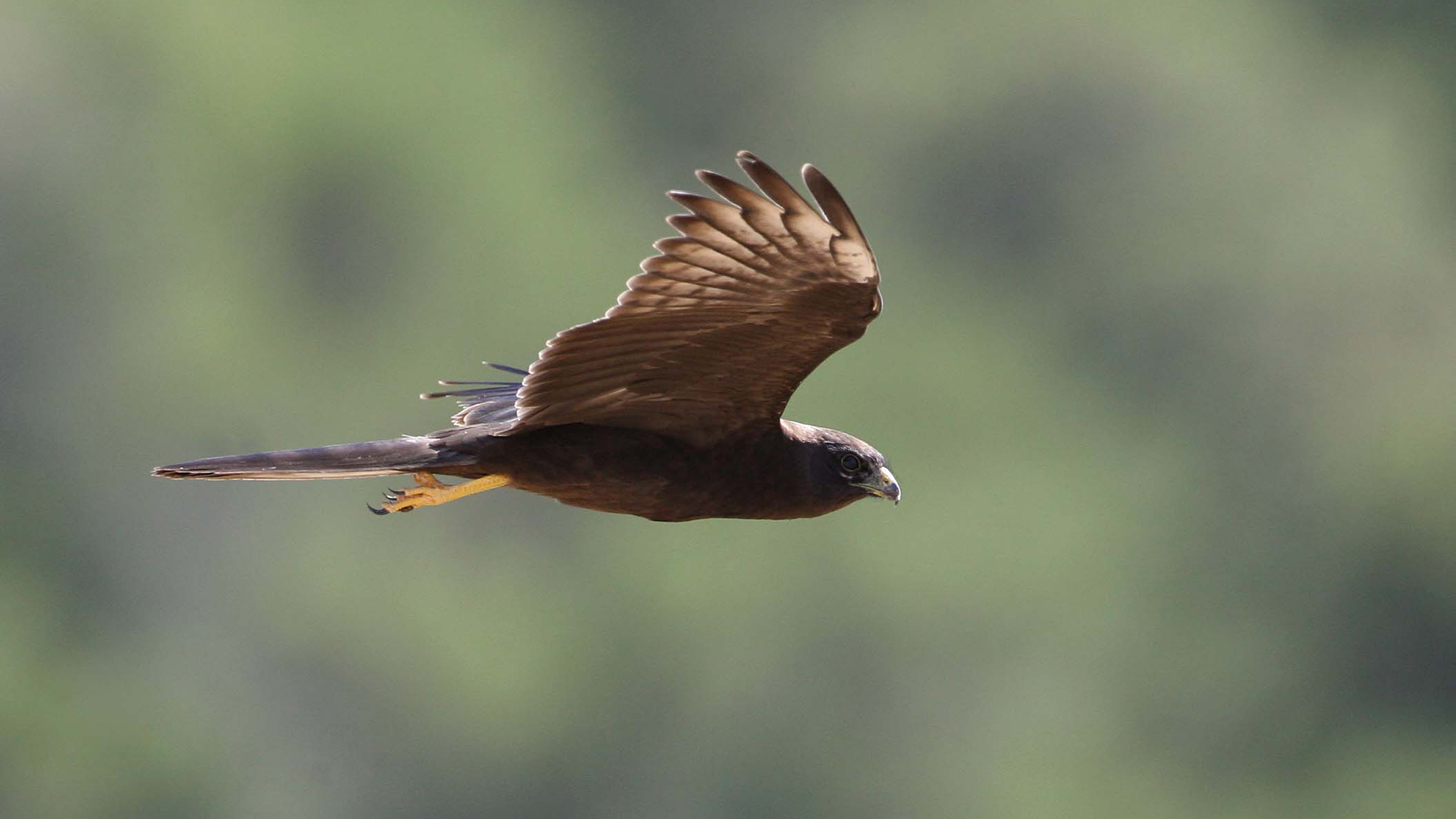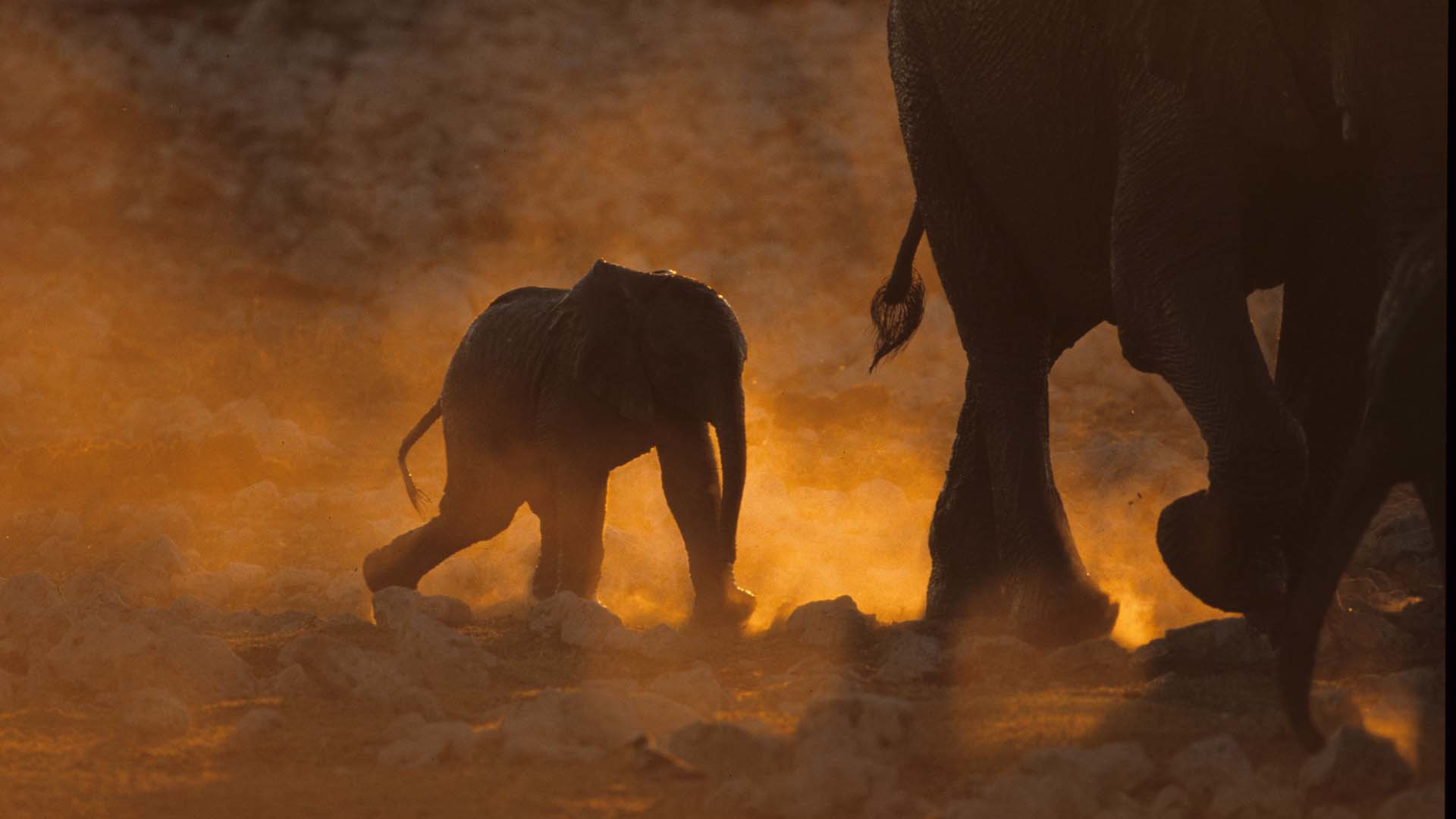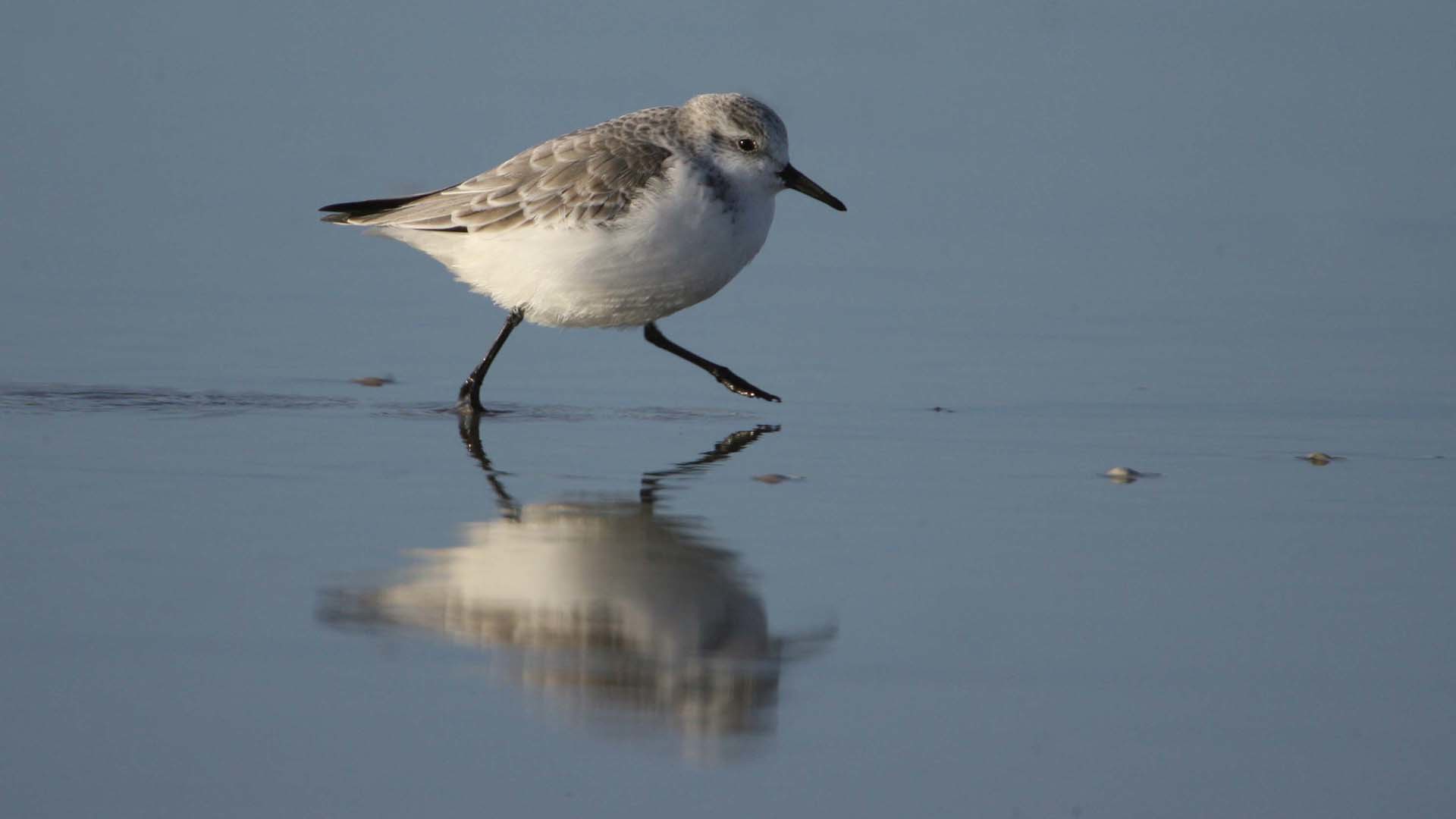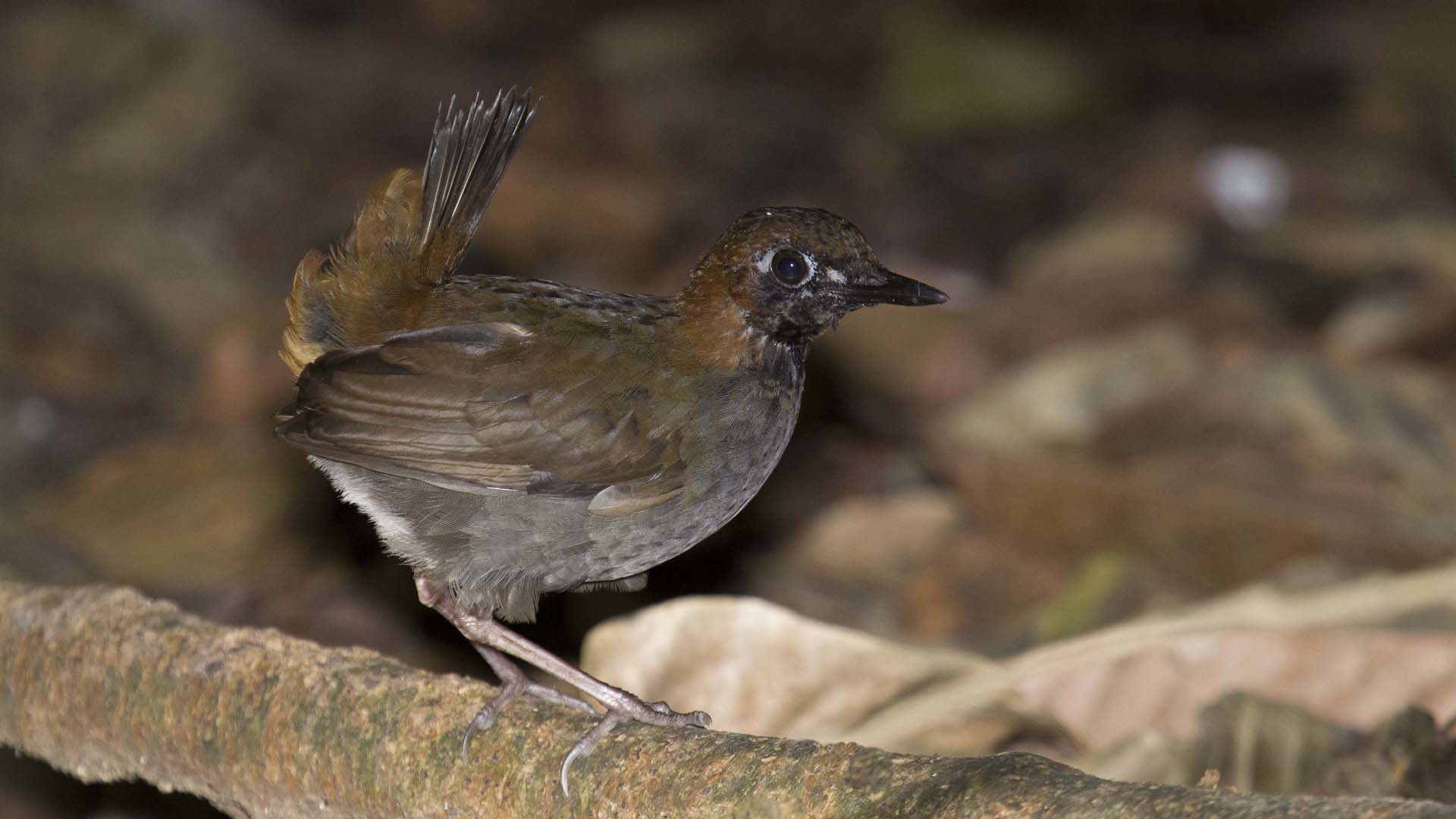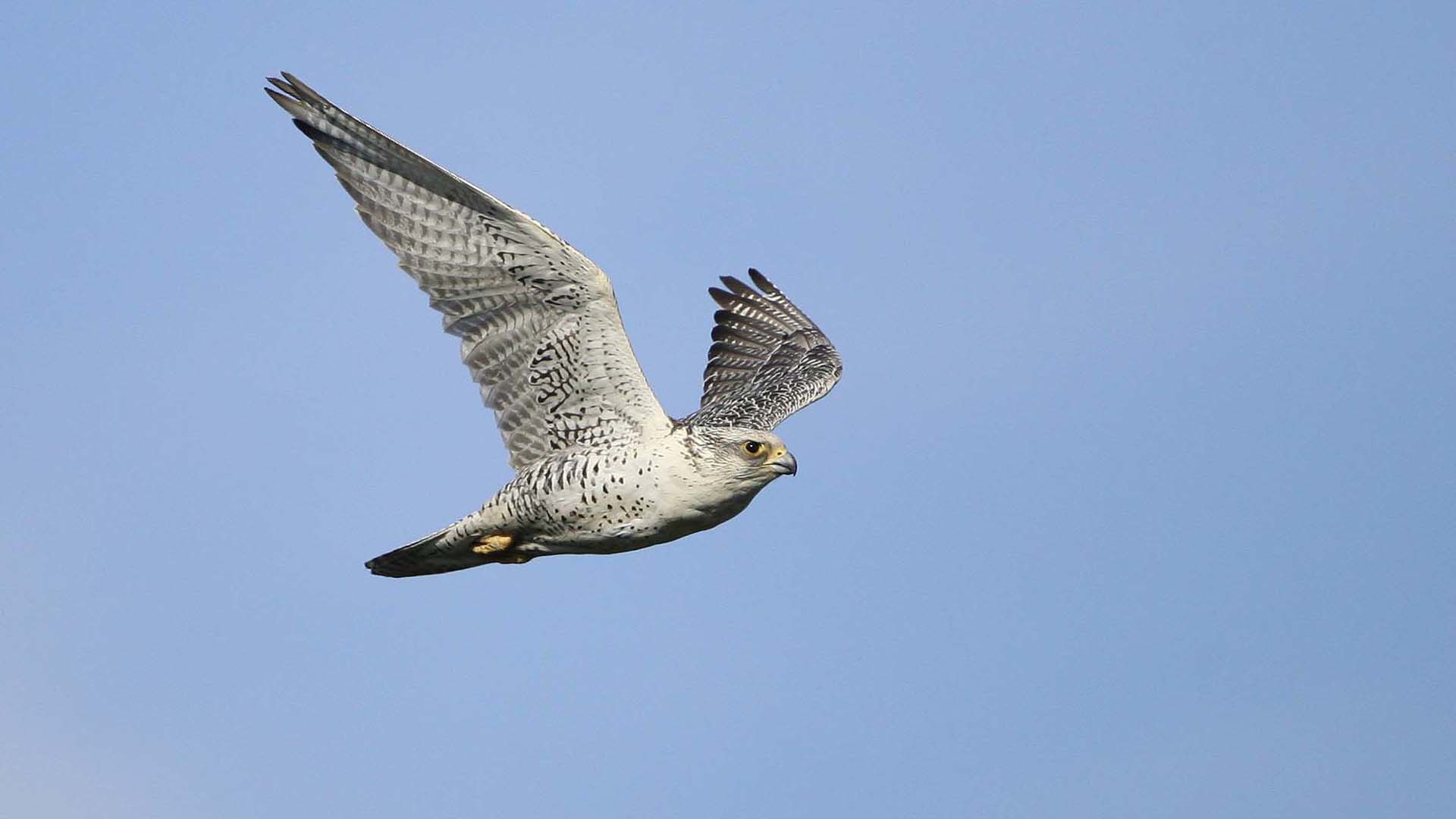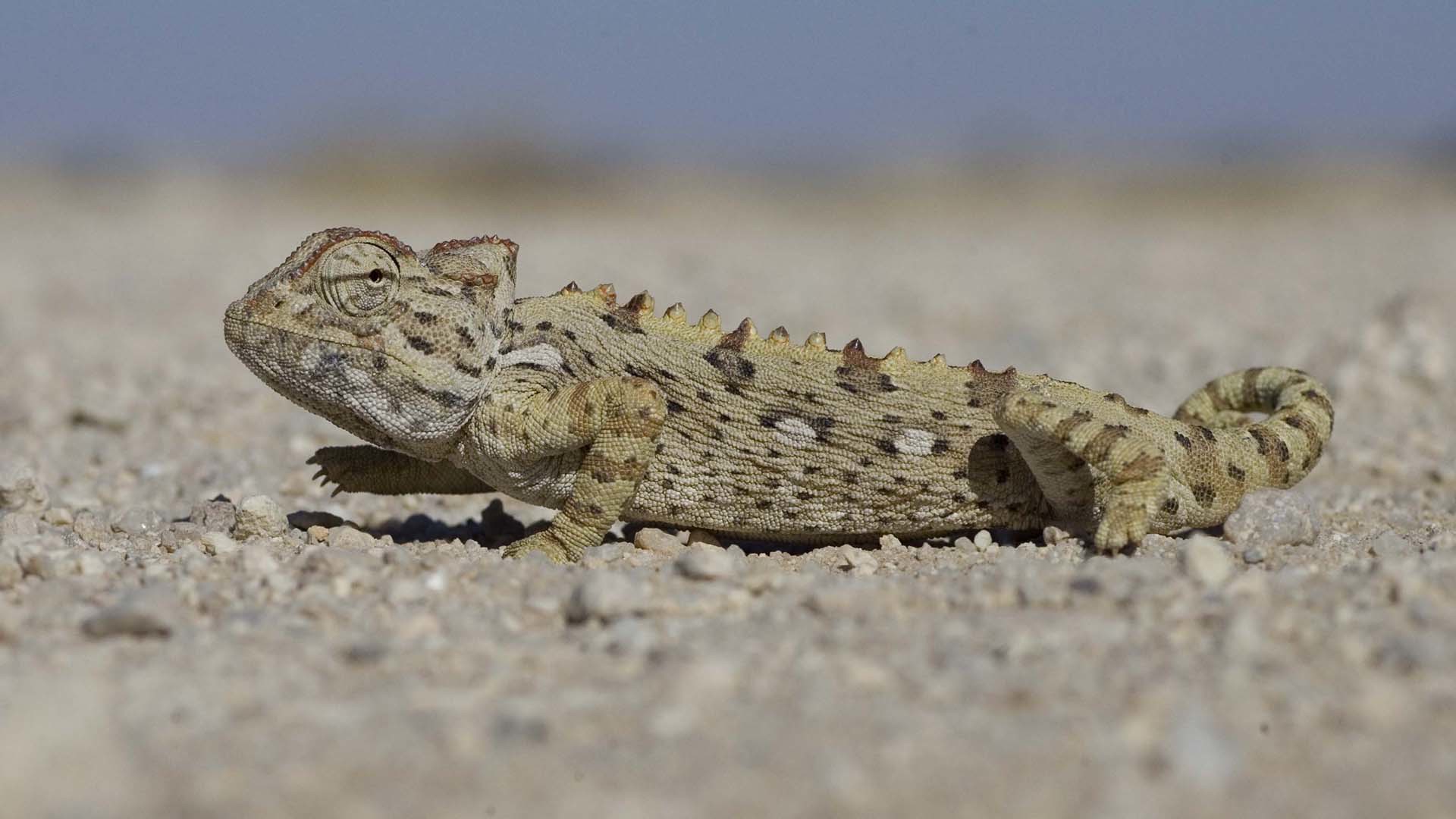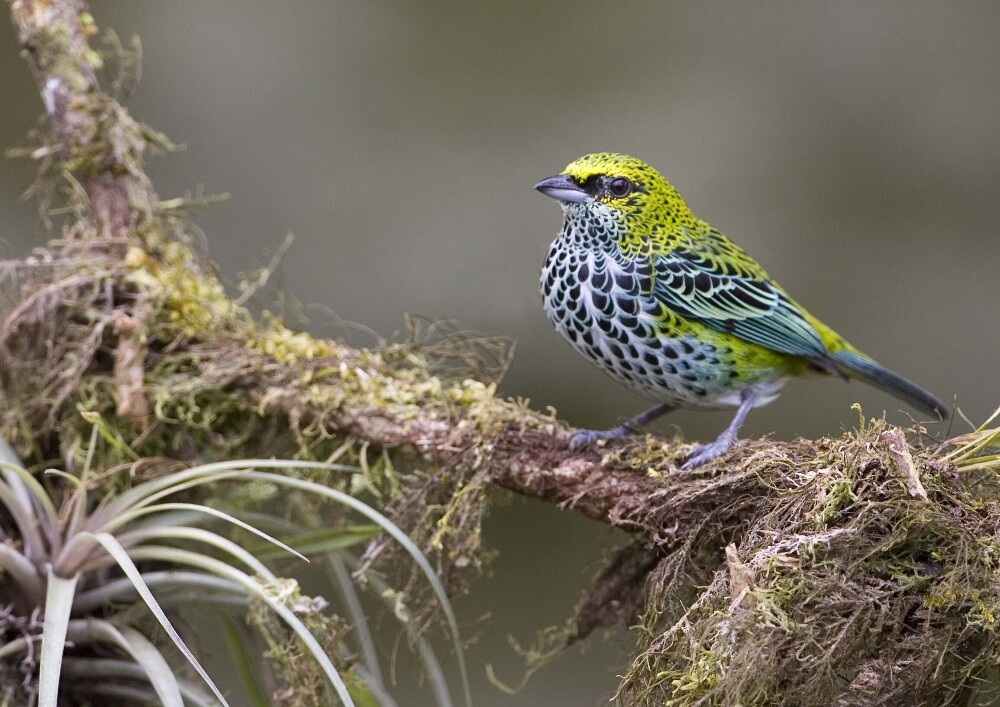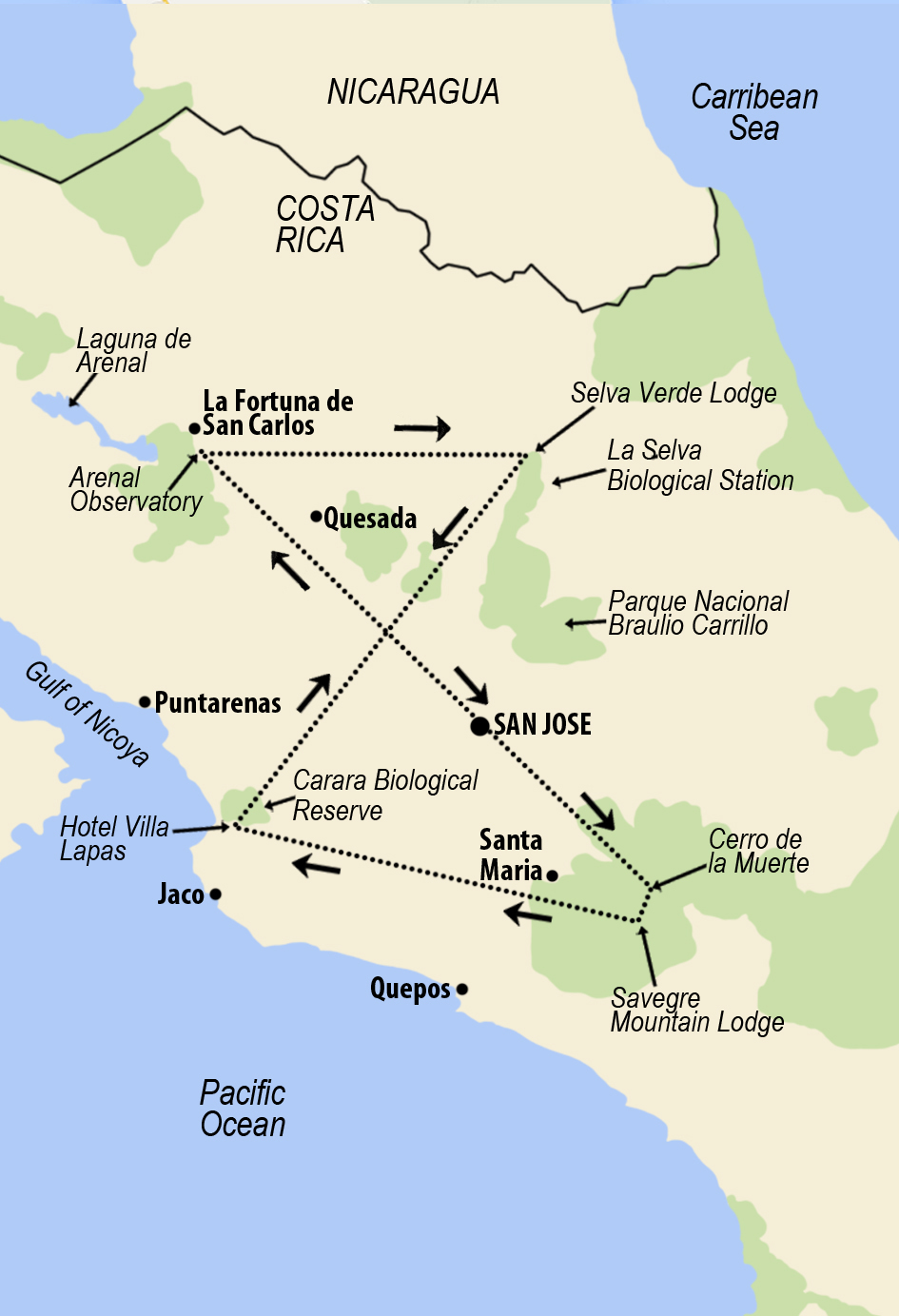The following is the programme for 2025.
Day 1 London / San Jose
Depart London Gatwick at 11.05
hrs on a British Airways direct flight to San Jose arriving at 16.50 hrs. On
arrival, transfer to the Buena Vista Hotel for the first night. Buena Vista is
a delightful, perfectly situated boutique hotel near to the International
airport, located in the lush mountains of Alajuela with incredible views of the
volcanoes Poas, Barva and Irazú, the central valley, tropical forest and coffee
plantations. No doubt we will encounter our first birds in the garden such as
Greater Kiskadee, Brown Jay, Blue-gray Tanager and Rufous-tailed Hummingbird,
amongst others. The mature trees can attract the very impressive Pale-billed
and Linneated Woodpeckers along with our first Keel-billed Toucans.
Day 2 - 4: San Jose / Savegre
After breakfast we set off for
Cerro de la Muerte, stopping en route at Paraiso Quetzal for lunch. The feeders
here attract a wide array of highland hummingbird species and along with a multitude
of forest birds including the stunning Golden-browed Chlorophonia, both
Long-tailed and Black-and-yellow Silky-flycatchers, Fiery-throated Hummingbird
and the unusual Large-footed Finch, we may be lucky enough to encounter our
first, aptly named, Resplendent Quetzal. Our next destination is the highest
point we travel to, the paramo, where trees give way to low-growing vegetation.
This is the top spot for the highly specialised Volcano Junco and possibly Timberline
Wren. We then continue to the delightful Savegre Hotel where three nights are
spent. Eighty-nine kilometres south of San Jose in a private natural reserve of
400 hectares and just 9 km from Los Quetzales National Park this is the perfect
starting point for exploring Costa Rica's magnificent tropical cloud forest. The
rest of the afternoon is spent around the gardens and grounds where Resplendent
Quetzals are regularly seen as well as an array of hummingbird species, Black-billed
Nightingale-Thrush, Sooty Robin and Sooty-capped Bush-tanager to name a few. Nicely
appointed cabins and excellent food add to the enjoyment of our stay in the
fresh mountain climate.
We spend the next two full day
exploring the gardens, riparian highland habitats, and old growth tropical oak
cloud forests surrounding the Savegre Hotel. Walking through the gardens and
along the Savegre river, we can hope to see Flame-coloured and Spangle-cheeked
Tanagers, Collared Trogon, Torrent Tyrannulet, Volcano Hummingbird, White-throated
Mountain Gem and Talamanca Hummingbird among many others. Some of the other species we will be looking
for include Black-faced Solitaire, Spotted Wood-Quail, Buffy Tuftedcheek, Ruddy
Treerunner and Ochraceous Wren.
Day 5 - 7: Savegre/Carara
We now travel to Hotel Villa
Lapas, down on the Pacific coast, for the next three nights. Our route will initially
take us south where we will be looking for Turquoise Cotinga, Pearl Kite and
Fork-tailed Flycatcher which are on the northern edge of their range. We will take
lunch en route. As close as it is possible to get to Carara National Park, Villa
Lapas combines comfortable air-conditioned accommodation and tasty cuisine with
stunning surroundings, packed with flora and fauna. Just by walking the
beautiful flowing river which goes through the grounds of the hotel it is
possible to see an amazing number of rainforest species. We will explore the
bird-rich grounds, and hope to see Scarlet Macaws and Bare-throated Tiger
Herons, Long-tailed Manakin, and Gartered Trogon. We will also visit the nearby
Playa Azul and dry forest where some of the species we will look for are White-throated
Magpie-Jay, Red-crowned Woodpecker, Melodious Blackbird, Pacific Screech-Owl,
Spectacled Owl, Crane Hawk, Streaked Oriole and many species of
shorebirds.
We spend the next two days in and
around the Carara Biological Reserve, a unique climatological zone where the
ecosystem of the humid southern coastal region joins the dry climate of the
northern Pacific area, becoming a rich meeting ground for species from both
regions. This is truly one of the highlights of the tour, where we hope to find
the Orange Collared Manakin dancing in their lek. It is also great location to
spot antbirds, up to five different species of Trogons, Rufous-tailed Jacamar,
and Royal Flycatcher. During our time here we will be taking a boat trip on the
river Tarcoles which gives us close encounters with birds of the mangroves such
as Mangrove and Prothonotary Warblers, Panama Flycatcher, potentially five
species of kingfishers, Zone-tailed and Black Hawks plus an array of waders
including Collared Plover.
Days 8 -10: Carara/Arenal
After a relaxed start, we travel
to Arenal Observatory for three nights, stopping for lunch en route. Set high
on a ridge facing Costa Rica's most active and spectacular volcano and the only
lodge located within the Arenal Volcano National Park, travellers enjoy a high
standard accommodation and a truly unique experience. The lodge itself is within
870 acres of land including 270 acres of primary rainforest fitted with well-marked
trails and the feeding station at the Observatory is a magnet for a range of
birds. This mid-elevation area also is an excellent spot for birds such as
Crimson-collared, Bay-headed, Silver-throated, Emerald and Hepatic Tanagers,
Red-legged and Green Honeycreepers, Spotted, Bicoloured and Ocellated Antbirds,
Tropical Pewee, Black-thighed Grosbeak, Buff-rumped Warbler and a wide range of
raptors including Ornate Hawk-eagle and White Hawk.
The extensive trails take us
through a wide range of habitats, from more open pasture to dense rainforest
and this provides an equally varied range of bird species. We will also visit
the nearby Bogarin Trail which are outstanding for a range of easily-viewed
birds and feeders and provides very good chances to see Three-toed Sloths.
Day 11 - 13: Arenal/La Selva
Today we travel, birdwatching
along the way, to Selva Verde Lodge in the tropical lowlands of Sarapiqui where
we spend the next three nights. Selva Verde is set in its own rainforest grounds
which border the fast-flowing River Sarapiqui. It also adjoins La Selva
Biological Research Station which has a truly amazing range of flora and fauna.
The combination of tasty food and comfortable accommodation, makes this an
ideal centre from which to explore the area. This lowland rain forest region at
the base of the Caribbean slope is well-known for hosting the greatest diversity
of tropical flora and fauna in the country. Here the Sunbittern, Black-faced
Grosbeak, and Russet-naped Wood-Rail are a few of the inhabitants of the area.
This is the most likely spot on the trip to see the Great Green Macaw, an
endangered species. Also lurking in the forest are two- and three-toed sloths,
3 different species of monkeys, and peccaries.
We spend the next two days in
and around La Selva Biological Station run by the Organization for Tropical
Studies (OTS), clearly a highlight of the tour. The station is among the four
most famous tropical research facilities in the world and home to more than 420
bird species, 500 species of butterflies, 55 species of snakes, and 120 species
of mammals. A vast variety of different species of trees can be seen in the
arboretum. There are also three species of Tinamou that inhabit La Selva. We will
be looking for Rufous Motmot, Trogons, Caciques, Purple-throated Fruit Crow,
and Snowy Cotinga, among many others. Animals here are not camera shy, so there
will be ample photo opportunities. Peccaries (wild pigs), agoutis, coatis, sloths,
and monkeys frequent the area. We will also be taking a boat ride on the river
Sarapiqui with chances of Bay Wren, Bat
Falcon and Green Ibis.
Day 14 -15: La Selva/San Jose
Our final morning will be spent
at the nearby Pierella Gardens, a perfect place to see a wide range of Costa
Rican butterflies as well as having bird-rich trails. After lunch we then call
at a private reserved owned and run by the fine artist, Cope. He has set up a
fantastic bird observation hide with feeders and time permitting we may be able
to see some very special forest birds including Crested and Spectacles Owls. We
return to San Jose for the final night at the wonderfully comfortable Bougainvillea
Hotel which draws birdwatchers from far and wide, not only for the high
standard of accommodation and food but also the 4 hectares of tropical gardens
which provide another chance to see a range of central valley species. Only 45
minutes from the international airport it is ideally placed for a relaxed final
stop.
Day 15: San Jose / London
After a relaxed morning,
enjoying more birding in the grounds we have lunch and then transfer to San
Jose Airport for a direct British Airways flight to London Gatwick departing at
18.30 hrs.
Day 16: London
Arrive at London Gatwick
at 11:00 hrs.
